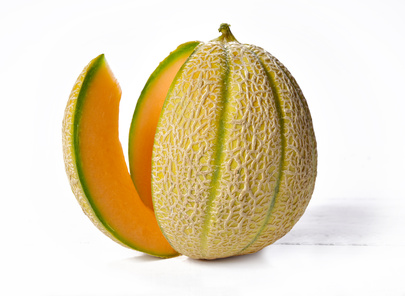Story: The Melon King
This is a TEACHING story – showing how logic and rigid presumptions lead to absurdity. And also it is a “celebration” of the absurdity in all of us.
Read the story below

Once upon a time the ruler of a distant land decided to build a magnificent triumphal arch, so that he could ride under it endlessly with great pomp and ceremony. He gave instructions for the arch’s design, and its construction began. The masons toiled day and night until the great arch was at last ready.
The king had a fabulous procession assembled of courtiers and royal guards, all dressed in their finest costumes. He took his position at the head and the procession moved off. But as the king went through the great arch, his royal crown was knocked off.
Infuriated, he ordered the master builder to be hanged at once. A gallows was constructed in the main square, and the chief builder was led towards it. But as he climbed the steps of the scaffold, he called out that the fault lay not with him, but with the men who had heaved the blocks into place. They, in turn, put the blame on the masons who had cut the blocks of stone. The king had the masons brought to the palace. He ordered them to explain themselves on pain of death. The masons insisted the fault lay at the hands of the architect whose plans they had followed.
The architect was summoned. He revealed to the court that he was not to blame, for he had only followed the plans drawn out by the order of the king. Unsure who to execute, the king summoned the wisest of his advisers, who was very ancient indeed. The situation was explained to him. Just before he was about to give his solution, he expired.
The chief judge was called. He decreed that the arch itself should be hanged. But because the upper portion had touched the royal head, it was exempted. So a hangman’s noose was brought to the lower portion, for it to be punished on behalf of the entire arch. The executioner tried to attach his noose to the arch, but realized it was far too short. The judge called the rope-maker, but he stated it was the fault of the scaffold, for being too short. Presiding over the confusion, the king saw the impatience of the crowd. ‘They want to hang someone,’ he said weakly. ‘We must find someone who will fit the gallows.’
Every man, woman and child in the kingdom was measured by a special panel of experts. Even the king’s height was measured. By a strange coincidence, the monarch himself was found to be the perfect height for the scaffold. Victim procured, the crowd calmed down. The king was led up the steps, had the noose slipped round his neck and was hanged.
According to the kingdom’s custom, the next stranger who ventured through the city gates could decide who would be the new monarch. The courtiers ran to the city gate and waited for a stranger to arrive. They waited and waited, and waited and waited. Then they saw a man in the distance. He was riding a donkey backwards. As soon as his animal stepped through the great city gate, the prime minister ran up and asked him to choose the next king. The man, who was a travelling idiot, said, ‘A melon.’ He said this because he always said ‘A melon’ to anything that was asked of him. For he liked to eat melons very much.
And so it came about that a melon was crowned the king. These events happened long, long ago. A melon is still king of the country and when strangers visit and ask anyone there why a melon is the ruler, they say it’s because of tradition, that the king prefers to be a melon and that they as humble subjects have no power to change his mind.
Idries Shah